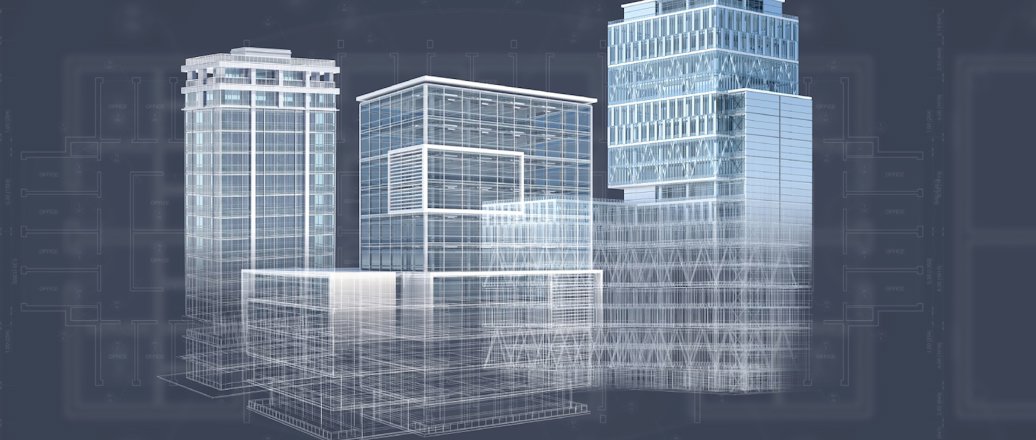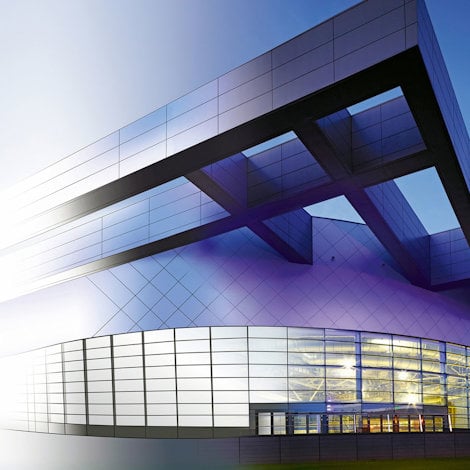Nine ways BIM benefits the life cycle of buildings
More governments around the world are requiring potential suppliers to their national projects to adopt Building Information Modeling (BIM). Here is a list of benefits to show you why you need to follow up.
BIM has been around longer than you realize. Finland has been implementing it since 2002. One of the reasons is that BIM helps reduce construction, operation, maintenance and material costs.
From working with architects and builders, these are my reflections on the benefits BIM can provide in the life cycle of a construction project:
- Reduction of execution times and risks in construction and operation
- Improved safety in planning and increased transparency of workflows
- Simplified project management, even in complex construction projects
- 24/7 availability of up-to-date data for all stakeholders
- Increased project communication through shared, standardized processes
- Increased quality of implementation through common standards and the possibility of early detection of deviations (cost-time quality)
- Simplified marketing of construction, due to availability of data
- Re-use of information for building operation
- After-sales business, through definition of service offers and necessary maintenance cycles, and structured information for the dismantling and re-use of construction products








